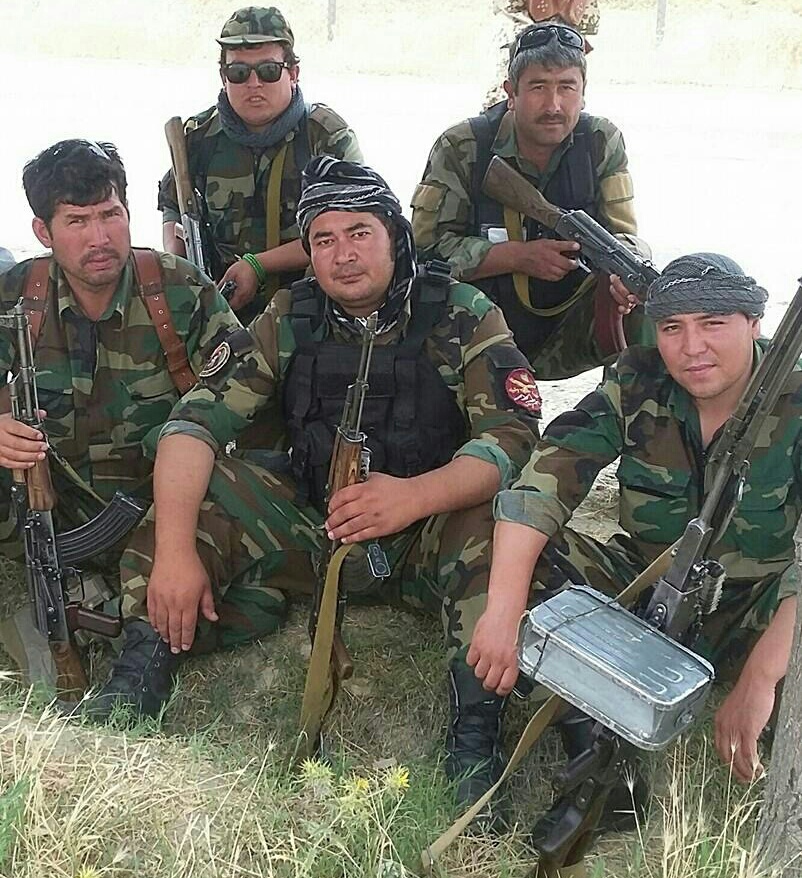Insofar as the defeat of Islamic State in Iraq and Syria (ISIS) merits international delight, its emergence in Afghanistan has transformed the country’s war dynamic. Referred to as Islamic State Khorasan (IS-K), the Sunni Muslim extremist group has carried out attacks on civilians in Afghanistan, primarily targeting the country’s Shia Muslim Hazaras. Even though IS-K predicates its violence against Hazaras on Wahhabism, a puritanical, intolerant form of Islam that is practiced in Saudi Arabia, it also alleges that Hazara militias fought for Iran against the Islamic State in the Middle East. Further, it argues that Hazara militias strengthened the international offensive against ISIS, thereby facilitating the caliphate’s ultimate downfall while endangering the lives of ethnic Hazaras in Afghanistan. To the degree that IS-K exacerbates Afghanistan’s war tragedy, it fuels ethnic tensions and sectarian divide in the country, further widening the schism between Shia Hazaras and Afghanistan’s Sunni ethnic groups.
In July 2016, IS-K targeted a Hazara political demonstration in Kabul, killing and wounding more than 300 protestors. In August 2018, it claimed responsibility for a suicide attack in the capital that took the lives of 48 Hazara high school students. Months later in October, a voter registration site was targeted, leaving 63 Hazaras dead. West Kabul, which predominantly comprises Hazaras, has been a sight of deadly IS-K bombings and suicide explosions.
Afghanistan’s Hazaras constitute a religious minority in the country. While all other ethnic groups practice Sunni Islam, Hazaras practice Shia Islam, which places them at odds with Wahhabism, a form of Sunni Islam. In the Wahhabi perspective, Shia Muslims are deemed infidels outside the realm of true Islam. Although IS-K predicates its violence against Hazaras in Afghanistan on this religious rationale, Iran’s involvement with Hazara refugees in its wars in Syria and Iraq against the Islamic State has further fueled the terrorist group’s hostilities in Afghanistan.
Afghanistan’s Hazaras, therefore, denounce such ill-treatment of Hazara refugees by Iranian authorities. Since ethnic tensions already mar Afghanistan, Iran’s exploitation of Shia Hazaras in Syria and Iraq can be seen as further exacerbating the conflict in Afghanistan. While Iran shares Shia Islam in common with Afghanistan’s ethnic Hazaras, its recruitment of Hazara refugees in the Middle East is largely motivated by its own geopolitical objectives, as opposed to by religious adherence to Shiism. Whether Iran’s ground victories against the Islamic State merit international praise is subject to one’s political stance on the Middle East. However, its misuse of Hazara refugees in Iran amidst Afghanistan’s sectarian grievances makes Shia Hazaras in neighboring Afghanistan subject to the same kind of Sunni militancy that Iran has fought in Syria and Iraq.
In this vein, Iranian General Qasem Soleimani, who leads the country’s Quds Force, a unit in the Revolutionary Guard, recruited scores of Shia Hazara refugees in Iran using financial and religious incentives to convince them to join the Fatemiyoun Brigade, a Shia militia unit in Iraq and Syria that has around 20,000 fighters. Approximately 3 million Afghan refugees live in Iran, most of whom remain financially insecure and politically unrepresented. While Soleimani symbolizes Iran’s influential footprint in the Middle East, he has knowingly fueled sectarian tensions inside Afghanistan by taking advantage of the dire conditions that Hazara refugees face in Iran.
Since NATO’s withdrawal from Afghanistan in 2014, IS-K has emerged as a deadly force in the country. As the Trump administration seeks a complete troop withdrawal following peace talks with the Taliban, IS-K may commit even more hostilities against the Hazaras. Prior to the growing influence of IS-K in Afghanistan, the country’s civil war was already afflicted by ethnic struggles. Increasingly, these tensions can take a sectarian turn if Iran keeps using Hazara refugees as militiamen in the Middle East at the cost of innocent Hazaras becoming victims of IS-K retaliations in Afghanistan.
On the other hand, as Iran includes Shia Hazaras in its proxy wars in the Middle East, it exposes itself to the threat of IS-K on its eastern borders with Afghanistan. IS-K may stage attacks against Iran using Afghanistan as a safe haven, a prospect that does not serve Iran’s own geopolitical interests. Therefore, alleviating sectarian violence in Afghanistan can degrade and ultimately defeat IS-K in the country.
Photo: “Hazara military in Afghanistan“
